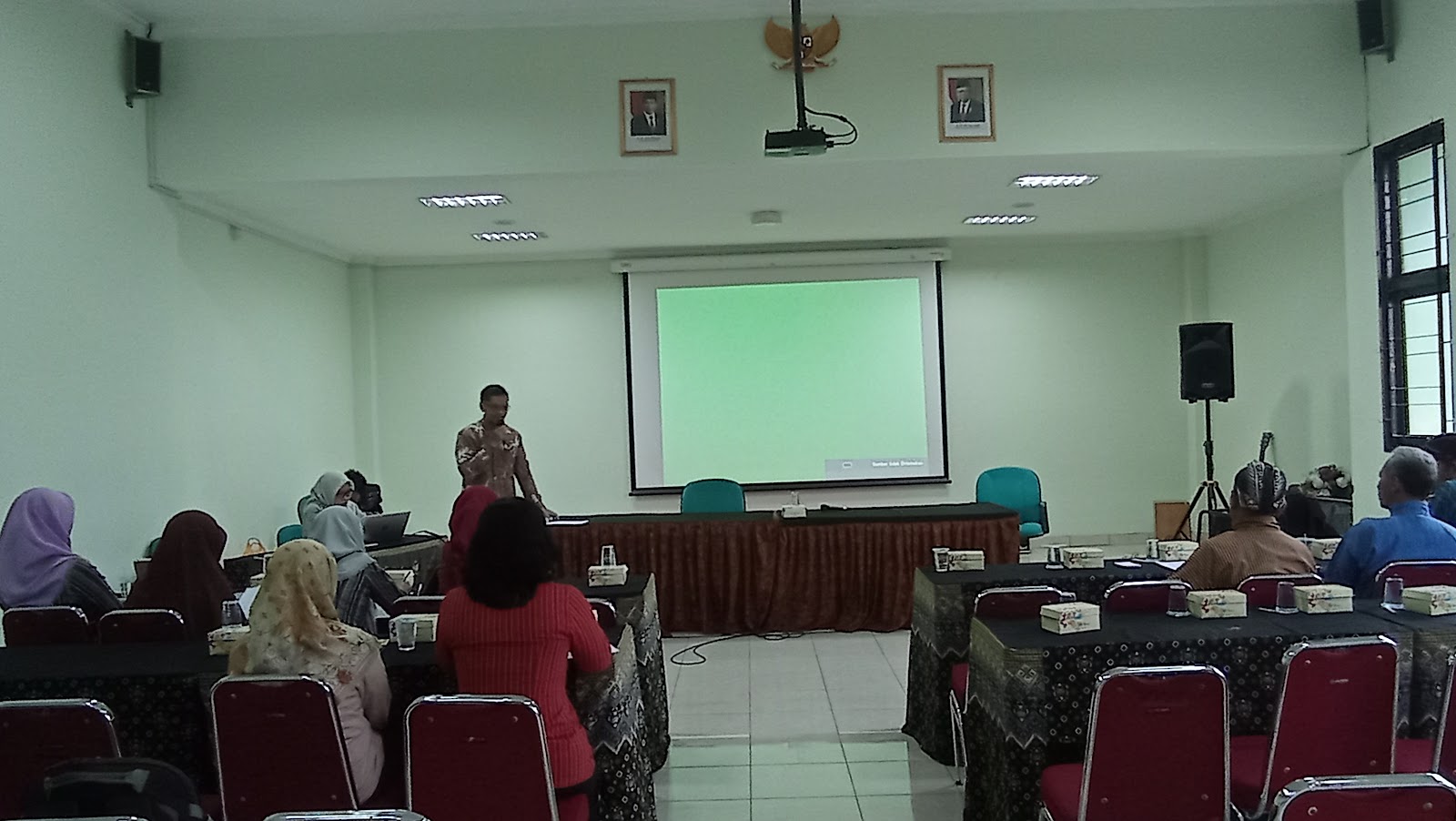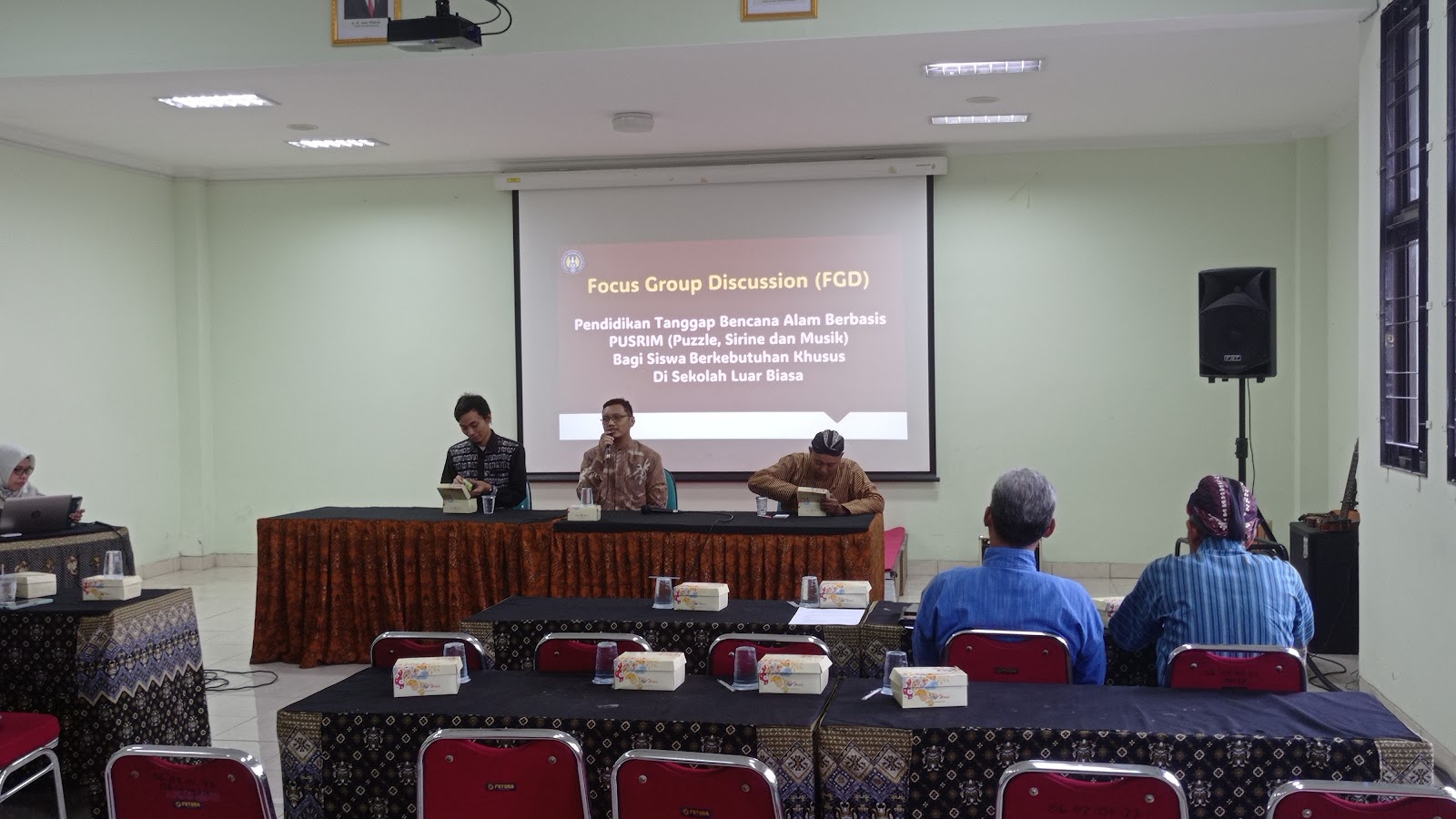Istiningsih, G., &
Dharma, D. S. A. (2021). Integrasi nilai karakter diponegoro dalam pembelajaran
untuk membentuk profil pelajar pancasila di sekolah dasar. Jurnal Kebudayaan, 16(1), 25-42.
Dharma, D. S. A. Pembelajaran Universal di Sekolah Inklusi: Sebuah Pengantar. Garudhawaca.
Dharma, D. S. A. MENUMBUHKAN
JIWA KEWIRAUSAHAN SOSIAL MELALUI PROGRAM “MANGROVE FOR LIFE” DI SEKOLAH INKLUSI.
Istiningsih, G., Dharma, D.
S. A., & Hartatik, S. (2022). PENGEMBANGAN WISATA BERBASIS ESD (EDUCATION
FOR SUSTAINABLE DEVELOPMENT) DI DESA MANGLI. Jurnal Bakti Masyarakat Indonesia, 5(2).
Syamsi, I., & Dharma, D.
S. A. (2023). Identification and Academic Assessment Models for Students with
Specific Learning Difficulties in Inclusive Elementary Schools. Jurnal Prima Edukasia, 11(1).
Istiningsih, G., &
Dharma, D. S. A. (2022). TINGKAT LITERASI LINGKUNGAN DI KALANGAN GURU ECO
SCHOOL YOGYAKARTA DI INDONESIA. JURNAL EDUCATION AND DEVELOPMENT, 10(3), 19-28.
Dharma, D. S. A. (2020).
Budaya Organisasi, Perilaku Prososial, Kinerja Guru dan Staf di Sekolah
Inklusi. Special and Inclusive Education Journal (SPECIAL), 1(2), 74-81.
Istiningsih, G., & Dharma,
D. S. A. (2023). Indigenisasi Kawruh Ki Ageng Suryomentaram dalam Pengembangan
Projek Profil Pelajar Pancasila di Sekolah Dasar. Sosial Horizon: Jurnal Pendidikan Sosial, 10(2), 191-208.
Dharma, D. S. A., &
Hermanto, H. (2020). Involvement of Children with Special Needs in Learning in
Inclusive Schools. Journal of ICSAR, 4(1), 27-34.
Dharma, D. S. A. (2019).
Analisis Kualitas Rencana Program Pembelajaran Berbasis Universal Design For
Learning Pada Mata Pelajaran Ilmu Pengetahuan Sosial. Khazanah Pendidikan, 13(1).
Dharma, D. S. A. (2022).
Membaca Peran Teori Ekologi Bronfenbrenner dalam Menciptakan Lingkungan
Inklusif di Sekolah. Special and Inclusive Education Journal (SPECIAL), 3(2), 115-123.
Dharma, D. S. A., &
Hermanto, H. (2019, April). The implementation of self-assessment of student
with special educational needs at inclusive school. In International Conference on Special and Inclusive Education (ICSIE 2018) (pp. 158-162). Atlantis Press.
Dharma, D. S. A. (2020).
KEBIJAKAN PENGURANGAN RISIKO BENCANA COVID-19: PENGALAMAN SEKOLAH TUMBUH. Jurnal Penelitian Kebijakan Pendidikan, 13(2), 79-92.


.jpeg)












